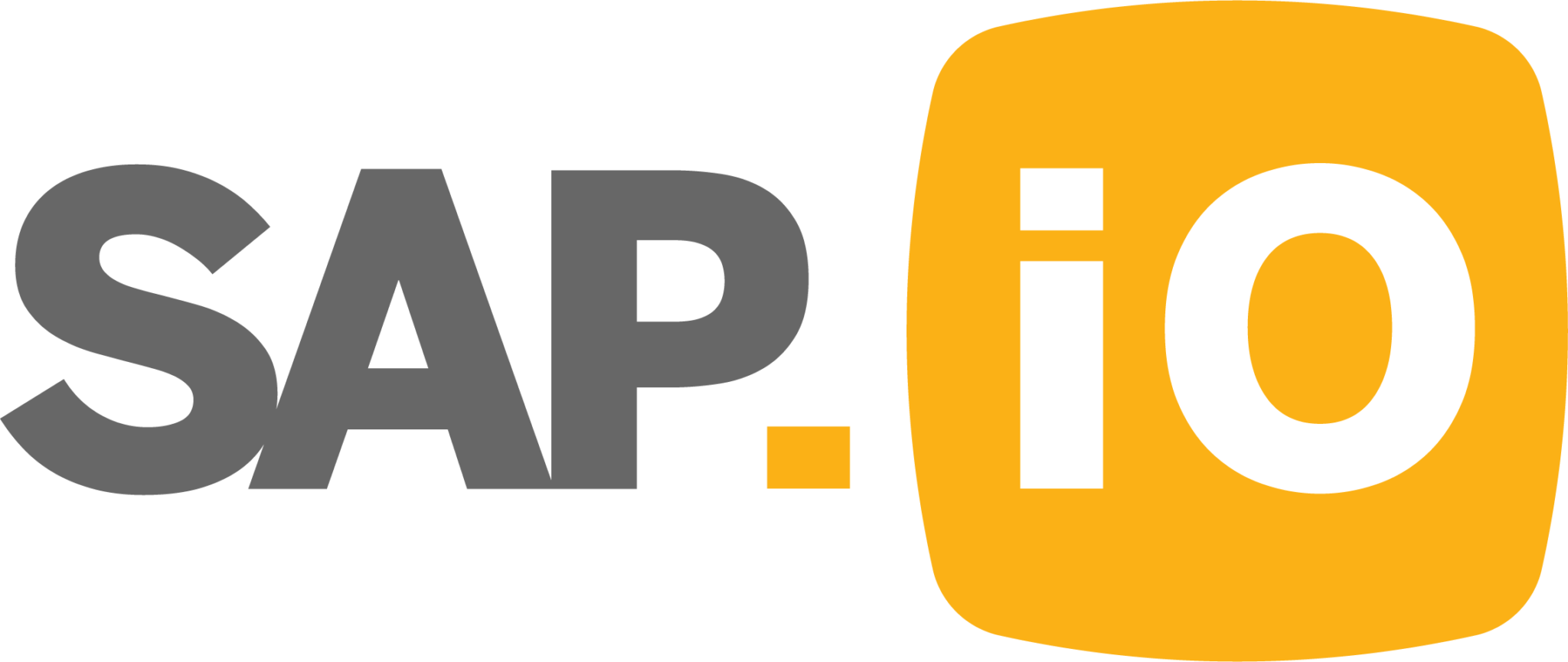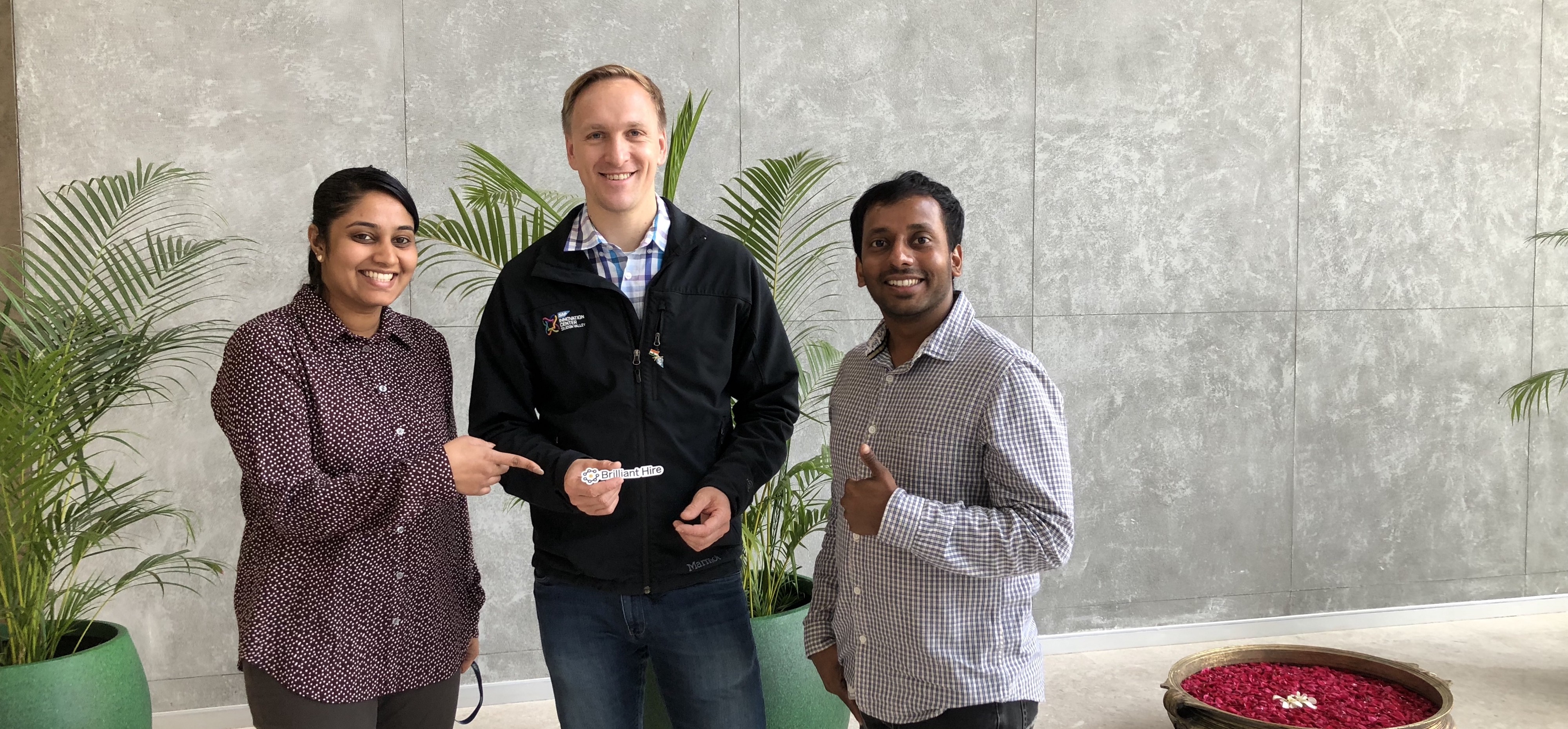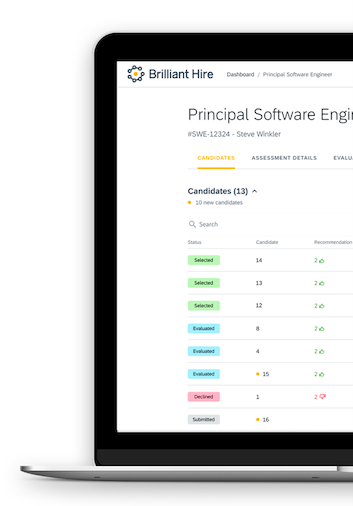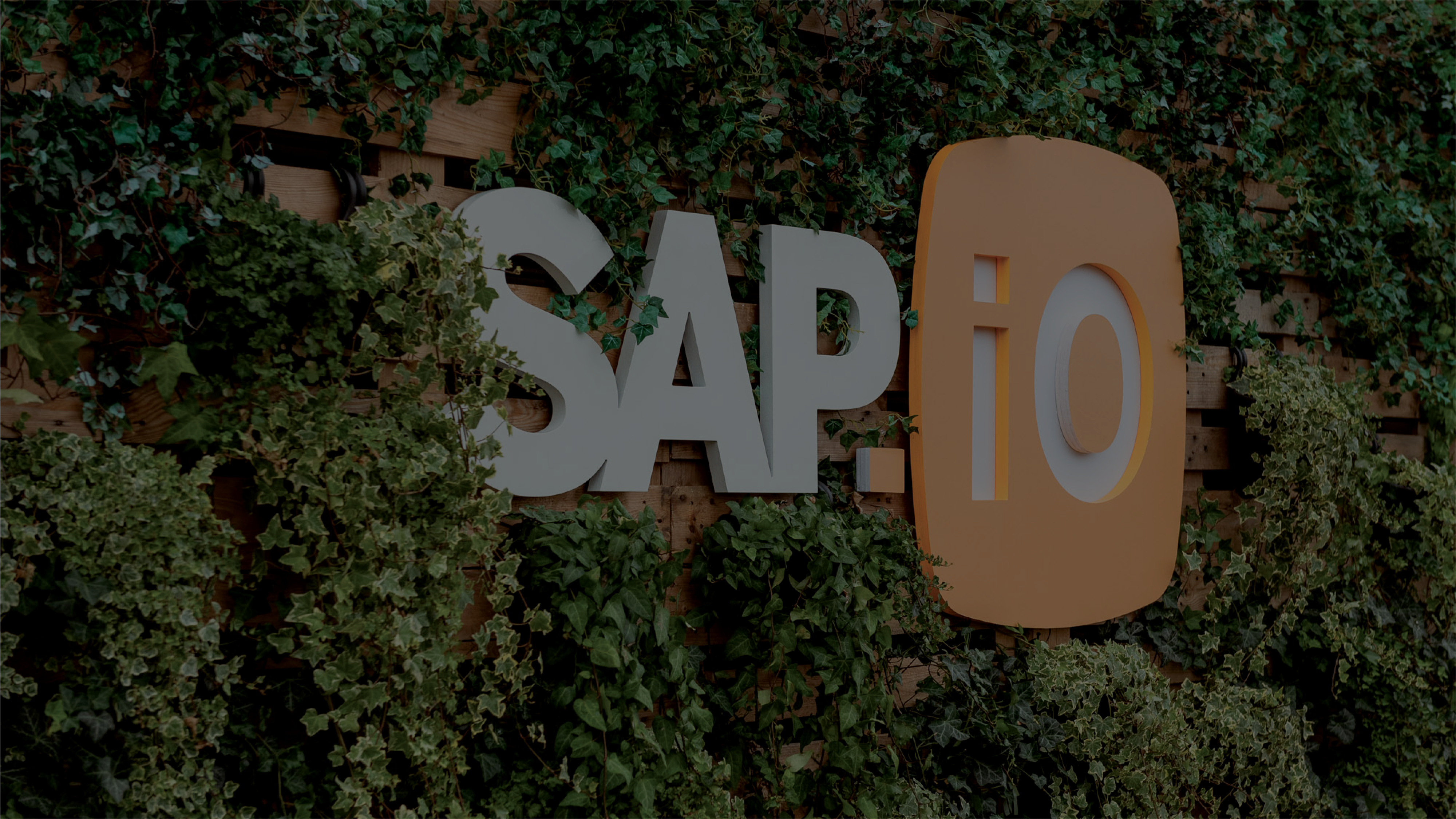
By: Stacia Garr, RedThread Research
The term “employee experience” has become increasingly popular in the last few years — so much so
that we began an investigation into what it is and why it matters, which will publish in October. In the
course of that research, we came across a wide range of perspectives on what it is, including from
vendors like Medallia, Qualtrics, Service Now, and TI People.
But now, the heavy HR technology hitters are here to weigh in on the subject. Today, SAP
SuccessFactors announced that their technology category, which we have long known as Human Capital
Management, will now be known as Human Experience Management.
Along with this announcement comes a significant redesign of their user experience (UX) to offer a more
integrated and holistic view of the information within the SAP SuccessFactors ecosystem in a more
accessible format that intends to put individuals, teams, and organizations at the center of the
experience. This new interface integrates into one location conversational AI, robotic process
automation (RPA), machine learning, nudges, and predictions to try to get people higher quality
information more efficiently. There is a lot we like in what the SuccessFactors team has done, and we
applaud them for this holistic revamp of their product.
That said, the grand gesture of renaming the category begs us to take a closer look and to ask:
Is this, to borrow my friend and long-time SAPer Steve Hunt’s phrase, simply old wine in a new bottle?
Maybe.
Employee experience, as we at RedThread understand it, is about two things:
-
Emotionally-laden events – These often include specific events in the employee life cycle such as the
first day at work, a promotion, or returning from a job leave. During these events, employees are
vulnerable because their expectations are high, which can suddenly impact their experience.
-
Commonplace exchanges – These are frequent interactions between employees, colleagues, and the
organization. These interactions are often relationship-based and happen on an ongoing basis,
instead of specific touchpoints, milestones, or moments that matter. During these commonplace
exchanges, employees are not as vulnerable as during emotionally laden moments because their
expectations are not as high. Yet, these exchanges have a cumulative effect on employee experience.
The SAP SuccessFactors team certainly understands the value of emotionally laden events, also called
“touchpoints” or “moments that matter”. However, we couldn’t fully tell how this significant user
experience redesign will enable managers to better understand – and critically, to enable and improve –
how employees experience those touchpoints or commonplace exchanges. It may be that the team is on
the earlier parts of the journey or that we just need to see more.
So why can’t we just call this new UX old wine in a shiny new bottle? Three reasons:
-
The Qualtrics acquisition – The SAP SuccessFactors team seems to have a strong vision and
appreciation of what Qualtrics, which has a focus on both employee and customer experience, can
do (I sure hope so, for $8 billion). They just don’t seem to have turned that into a reality yet, which is
reasonable given that the acquisition only closed in January. There are some early indications of their
efforts and direction, though. For example, with the new UX, the SuccessFactors team has integrated
simple one-question surveys (from Qualtrics) on the quality of manager check-ins into their
continuous performance management solution. It sounds like this is just the beginning of what they
have in mind.
-
An ecosystem play – SAP SuccessFactors is making a big deal about it being an ecosystem player,
meaning that they acknowledge that they don’t have a monopoly on great ideas and are trying to be
better at playing well with others. As a result, the number of apps that can integrate with
SuccessFactors has shot up from just 45 last year to more than 250 this year. The variety of these
apps enable organizations to build a more customized employee experience that fits their unique
needs.
-
SAP.io – For those of you who don’t know it, SAP.io is SAP’s start-up accelerator, with a vision toward
potentially integrating them into the SAP ecosystem. There are several start-ups within SAP.io that
are focused on truly transforming the employee experience. One of them, Cultivate (which I have
written about several times in other formats), shows significant promise at truly leveraging the
existing data and delivering new insights to managers and employees that can help strengthen their
relationships (which are so much at the heart of employee experience). We think some of these
solutions will increasingly become integrated with this “Human Experience Management” platform.
In some ways, this announcement simply puts an exclamation point on the fact that we are moving
away from an era of seeing people as cogs and more toward seeing them as unique humans, which is
something we obviously strongly applaud.
From the perspective of being an HR technology market observer, though, we see this as something
different. This announcement heralds the mainstreaming of the employee experience concept, which
again, is a good thing. As SuccessFactors further refines how employee experience shows up in their
platform, they will heighten awareness of the need to take an employee-first perspective.
However, this announcement does also mean that the fight over what “employee experience” really
means – and what it should look like from a technological perspective – has really begun in earnest.
And what is a fight without a worthy opponent?
Look out for the good folks in Pleasanton to weigh in with their perspective very soon. I imagine
announcements coming from this year’s Workday Rising event in October will carry at least a nugget or
two on what they’re thinking.














